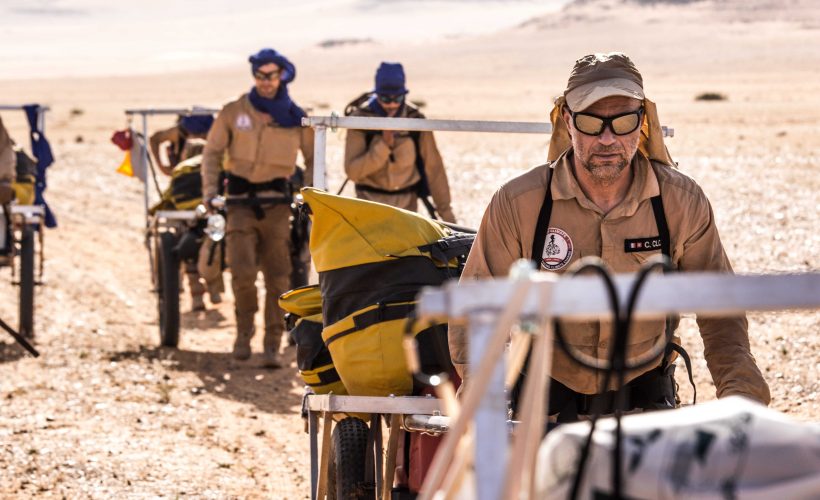Tech & Business
6.30.2020
The vital role of Red Sea coral reefs

Modeling carried out by KAUST reveals the importance of the role of Red Sea coral reefs in the protection of Saudi Arabia’s coasts. For the Kingdom and the beauty of its coastlines, but also in the context of infrastructure construction, its preservation has become an absolute priority.
A study provided to determine the height of the waves
The coral reefs off the coast of Saudi Arabia were known to be particularly rich, but it was imagined that they were so essential to the life of the region. Endowed with a plethora of flora and fauna, these reefs, already prized by snorkeling enthusiasts in the region, play a vital role in preserving the animal and plant diversity of the surrounding area… but not only that.
Researchers from KAUST – King Abdullah University of Science and Technology – wanted to analyze, in the context of the construction of the King Abdullah Economic City, a pharaonic project, the impact that tidal fluctuations can have around the selected site with the obvious aim of preventing any risk of natural disasters. It is with this objective in mind that they wanted to model the waves of the Red Sea.
The Red Sea Development Company @TheRedSeaGlobal, in cooperation with KAUST Strategic National Advancement and @KAUST_Alumni, presented a virtual conference today for students+ graduates where executives reviewed professional opportunities aimed at enhancing the Kingdom’s future. pic.twitter.com/cBxj5djc9o
— KAUST (@KAUST_News) June 25, 2020
These data will prove particularly valuable in the development of the King Abdullah Economic City project, which involves the construction of coastal infrastructure on land at an altitude fairly close to sea level.
Red Sea’s coral reefs, an ecological and economic asset
The KAUST study, the result of a long-term effort by Saudi University researchers, led to unexpected conclusions and established the major role of offshore coral reefs. Although they are located tens of kilometers from the coastline, they act as breakwaters to prevent the formation of waves that are too large and too high: they are natural obstacles to the immense waves that could result from a storm or any other unfortunate natural event.
Beyond reinforcing the undeniable and undisputed importance of these rocky massifs located on the high seas, the conclusions of the study confirm their undeniable economic role on the region’s projects. As a result of the publication of this study, the protagonists of the King Abdullah Economic City project were able to lower the minimum height of the safety floor of the buildings from 4 meters to … 2.3 meters!
Watch a golf course emerge from the desert in King Abdullah Economic City, Saudi Arabia. 100% of the water for the new city is from desalination (time lapse 2005-2018) @McGillUrbanLab pic.twitter.com/l2fSN5H3dy
— Sarah Moser (@SarahKMoser) October 7, 2019
This may sound ridiculous when put in this way, but it should not be forgotten that this kind of equipment is extremely expensive. But when you consider that the KAEC project estimates that the cost savings in terms of filler materials from this discovery are 90 million cubic meters, which is equivalent to a $500 million expenditure, there is a tendency to think that this study was worthwhile.
popular

